Optimal Timing for Wood Shingle Replacement
Timing can significantly impact the success and durability of a wood shingle roof replacement. Choosing optimal weather conditions ensures proper installation and longevity of the new roof. Understanding seasonal patterns and climate considerations helps determine the best window for replacement projects.
Spring offers moderate temperatures and less precipitation, making it ideal for roof installation.
Warm weather provides good conditions, but high humidity and thunderstorms can cause delays.
Fall typically has cooler temperatures and dry conditions, suitable for roof work before winter.
Winter is generally less suitable due to cold temperatures, snow, and ice that hinder installation.

Ways to make Wood Shingle Roof Replacements work in tight or awkward layouts.
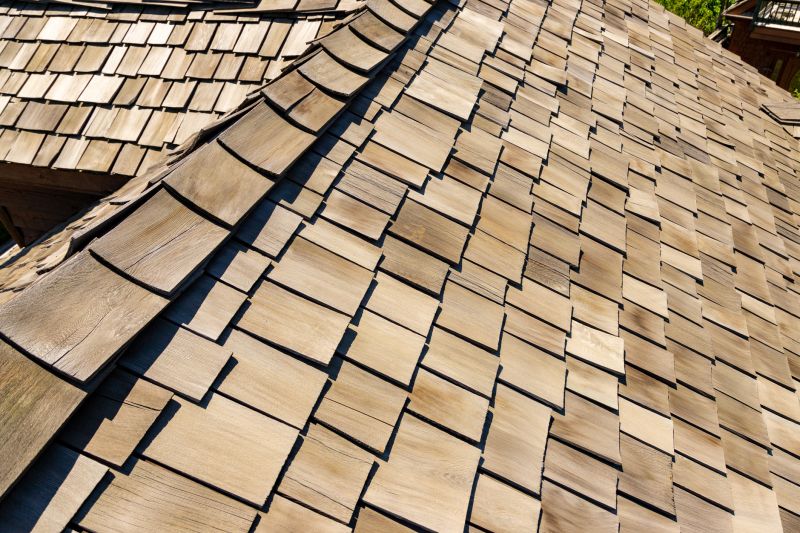
Popular materials for Wood Shingle Roof Replacements and why they hold up over time.
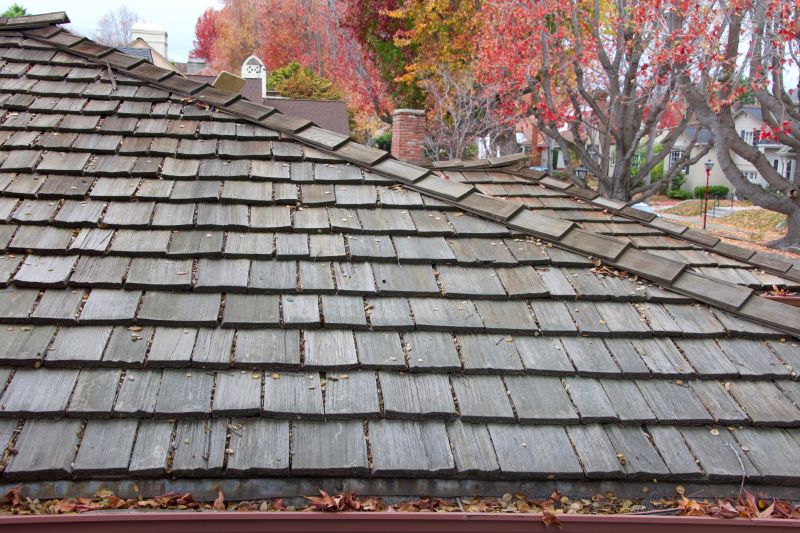
Simple add-ons that improve Wood Shingle Roof Replacements without blowing the budget.
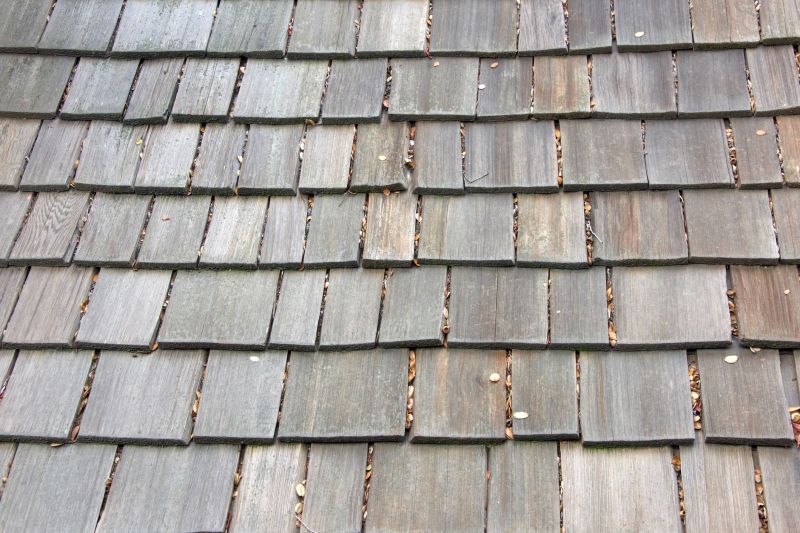
High-end options that actually feel worth it for Wood Shingle Roof Replacements.
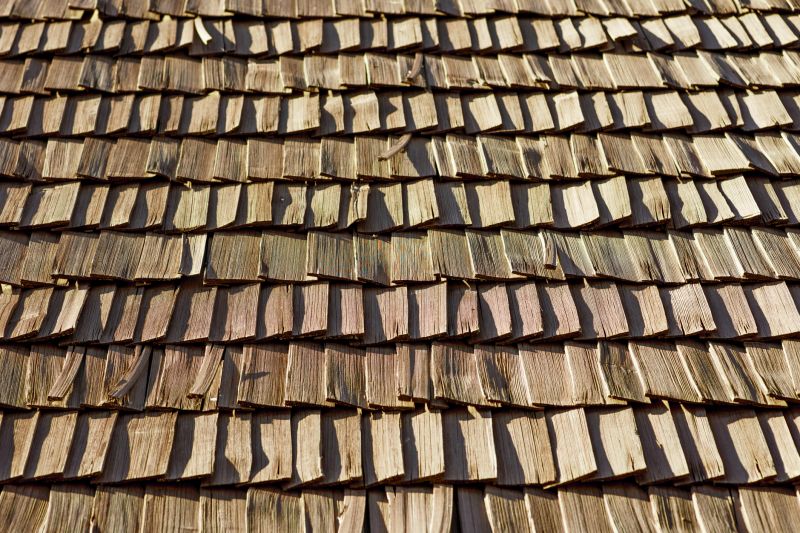
Finishes and colors that play nicely with Wood Shingle Roof Replacements.
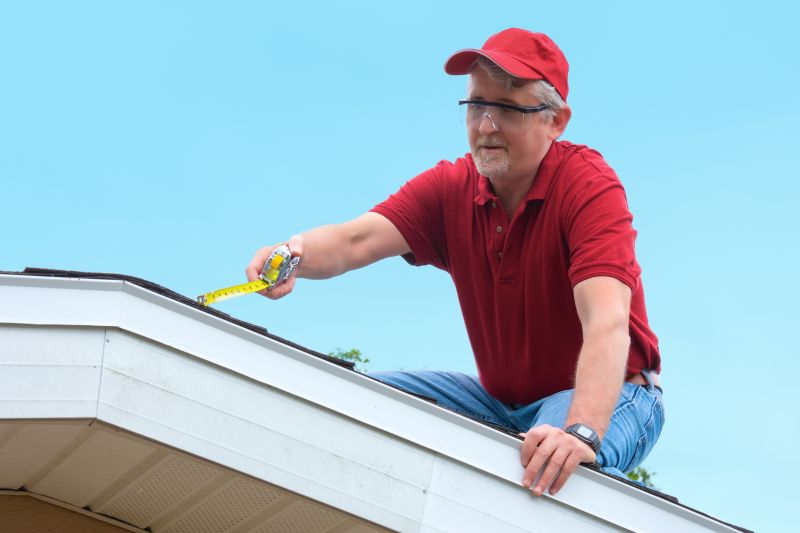
Little measurements that prevent headaches on Wood Shingle Roof Replacements day.
| Season | Advantages |
|---|---|
| Spring | Moderate temperatures and low precipitation |
| Summer | Longer daylight hours and warm weather |
| Fall | Cool, dry conditions ideal for installation |
| Winter | Limited suitability due to cold and snow |
Wood shingle roof replacements require careful planning to ensure optimal results. Proper weather conditions prevent issues such as warping, cracking, or improper sealing. Seasonal timing also affects the availability of materials and contractor schedules, which can influence project timelines.
Statistics indicate that most roof replacements are completed during spring and fall, aligning with favorable weather patterns. Properly timed replacements can extend the lifespan of wood shingles, which typically last between 20 to 30 years with appropriate maintenance. Delays or installations during unsuitable weather can lead to increased costs and reduced durability.
